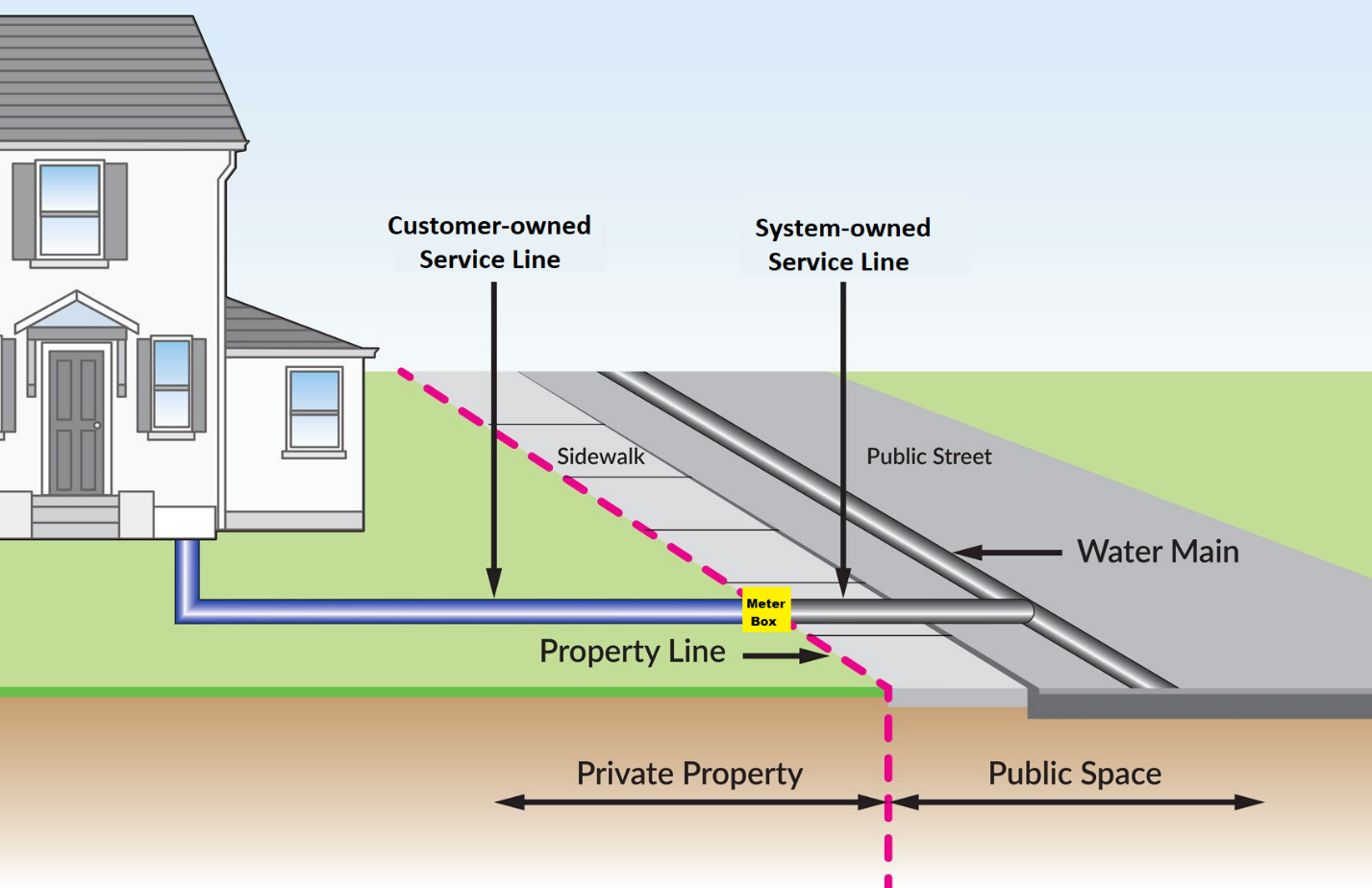On January 15, 2021, the Lead and Copper Revision Rule (LCRR) was established as a federal mandate encompassing all water supply systems in the United States, including the City of Orange. In response, the City developed and completed an inventory to identify the materials of service lines connected to the public water distribution system, aiming to detect any presence of lead. This inventory includes all water service lines connected to the City’s water distribution system, from the water mains to the customer-owned lines entering buildings, regardless of ownership. The City of Orange found no lead in the water lines.

Non-Lead Service Line Material Designation Statement:
The City of Orange has completed the Lead Service Line Inventory (LSLI) required by U.S. EPA’s LCRR. The deadline for the LSLIs is October 16, 2024.
Through completing a historical records review and field investigations, Orange has determined it has no lead or galvanized requiring replacement service lines in its distribution system. This includes any privately-owned or customer-owned service lines.
Orange reviewed all applicable sources of information, including:
- All available plumbing codes ranging from 1940-2024 to assess historical regulation of lead service lines locally (e.g. National Lead Ban, State Codes, County Codes, the Codes and Standards of the cities)
- Water system records which indicate the service line materials, historical capital improvement or master plans, and standard operating procedures
- Water distribution system records which indicate the service line materials, GIS data, distribution system maps and drawings, as-builts, historical lead and copper tap sampling results from 2009-2021, historical lead 90th percentile action level, meter installation records, work orders, inspections conducted during the course of normal operations including 27,967 service line inspection records
In addition to reviewing the above sources of information, Orange used an alternative method to develop the LSLI that was approved by the State Water Resources Control Board Division of Drinking Water on a case-by-case basis.
Orange used indirect interpolation and stratified random sampling approaches to develop the LSLI. Both approaches involve physically inspecting a representative subset of service lines to confirm non-lead materials, with the indirect interpolation approach being more suitable for homogeneous communities. The subset is stratified or divided into groups based on certain characteristics (e.g., years the service lines were installed). Stratification allows for a sample or subset of service lines to be more representative of the service lines in the distribution system.
Orange field inspected 65 service lines on the utility-side, 4 service lines on the customer-side, and 1,443 service lines on both sides, and the service lines inspected were found to be non-lead. No lead or galvanized requiring replacement service lines were identified. After investigating the subset of service lines, if no lead or galvanized requiring replacement service lines are discovered, the remaining service lines may be assumed non-lead with a certain level of confidence.
Orange intends to document service line material information obtained from normal operations, such as water line replacement and repairs, after October 2024 and will update the LSLI accordingly.
